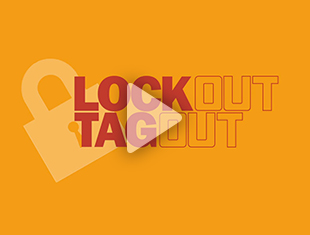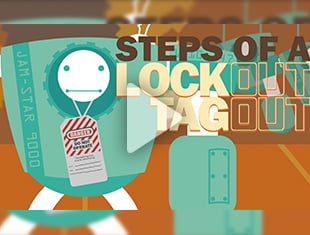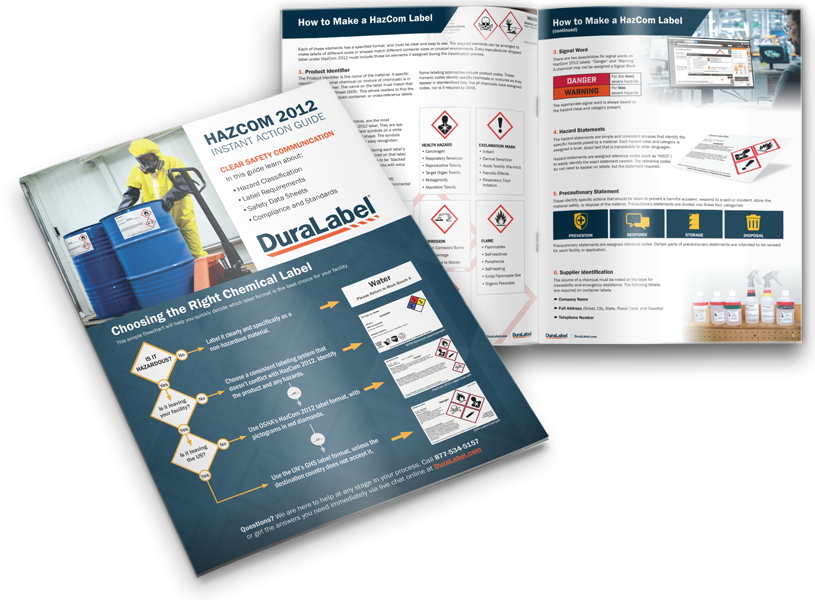OSHA Hazard Communication and HazCom 2012
There've been a lot of questions surrounding OSHA's Hazard Communication, or HazCom 2012 guidelines- let's get the story straight.
In this video, we'll go over: the differences between the old and new standards, what a compliant HazCom label looks like and we'll review the important deadlines to remember. Before the HazCom 2012 standards went into effect, OSHA's rules for labeling hazardous materials were called Right-To-Know, or RTK standards.
Under the RTK standards employers were required to label chemical hazards but were not given label format requirements. This meant multiple label formats were created and used- which led to plenty of confusion, which is dangerous when working with hazardous materials. With all these different label formats floating around, OSHA needed to do something to create clarity through uniformity. OSHA did this by adopting components of the Globally Harmonized System, or GHS that is currently used in many countries around the world.
The two changes to know are: differences in label format and the reformatting of Material Safety Data Sheets into Safety Data Sheets. Let's start with the label format. This was compliant by RTK standards, so was this and this. Now, this is what a HazCom 2012 compliant label looks like. The design is comprised of six essential components: Product Identifier & Code. Pictogram(s). Signal Word. Hazard Statement(s). Precautionary Statement(s). Supplier Identification. All of these elements must be present in order for a label to be compliant. The other major change to know about are Material Safety Data Sheets (MSDS) being reformatted to become Safety Data Sheets (SDS). No, you can't just remove the word Material- the new format requires you to address the following 16 elements, in order.
These changes take place over a transitional period- leaving you with three critical dates to remember. By now, all employee training must be completed for new HazCom programs. If you still have training to complete, get to it! By June of 2015 all manufacturers, importers and employers must comply with the new requirements by this date and RTK labels are no longer compliant. And by December of 2015 All materials must be labeled with HazCom 2012 compliant labels.
To get the whole story on the 2012 HazCom updates, learn more about GHS or to ensure compliant hazard labeling at your facility-follow the link, fill out the form and receive your free copy of our HazCom 2012 Best Practice Guide.
Related Resources

What is Lockout Tagout
Ever heard of hazardous energy? Imagine something like this? Or maybe something more like that? Not quite. ...
Watch Now
What is GHS?
GHS, or the Globally Harmonized System, is a set of standards created by the U.N. and adopted by a number of ...
Watch Now
Lockout Tagout Procedure
There are two parts to the lockout process: The Lockout and Re-energizing. Both pose potential ...
Watch Now.png)





